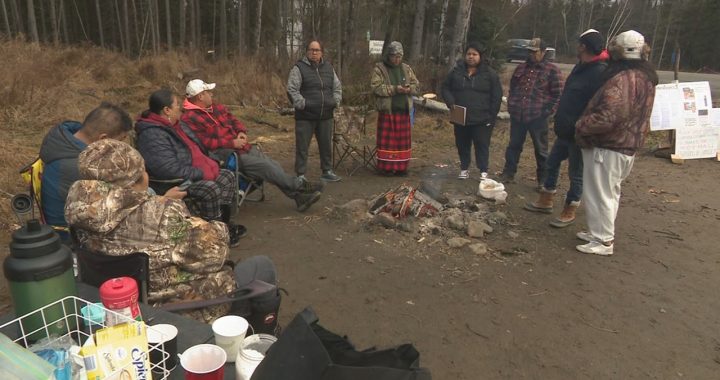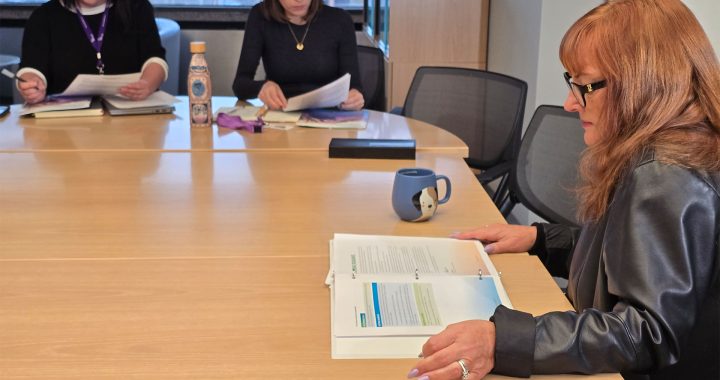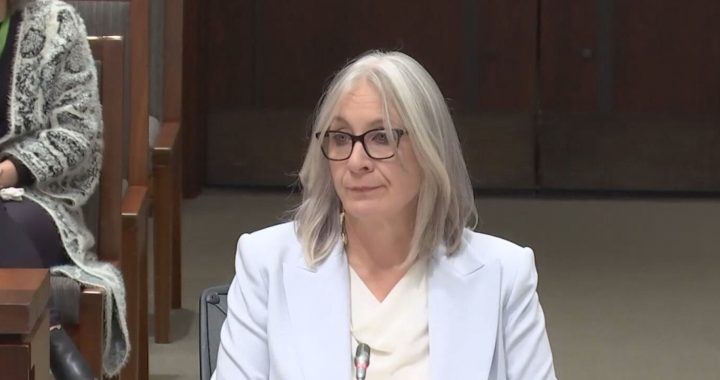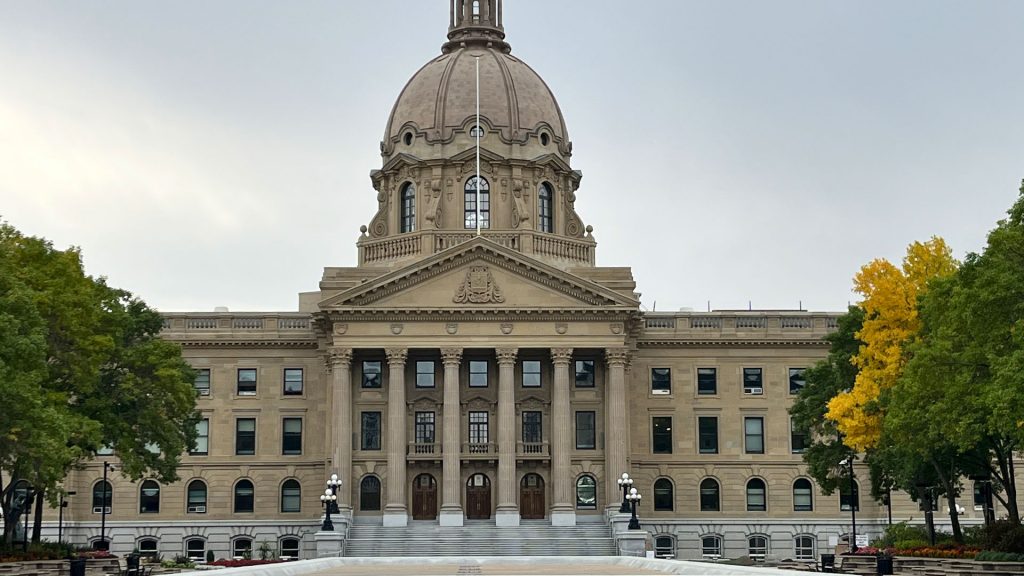
Alberta Legislature. Photo: Danielle Paradis/APTN
In 2022 the rate of opioid poisoning deaths for First Nations was 8.4 times higher than non-Indigenous people, according to a new report released by the Alberta First Nations Information Governance Centre.
“When I was going through this, I was very taken aback by how this disproportionately affects our people but then my other big concern is our men and no one is talking about it from that perspective,” Brooks Arcand-Paul, a New Democrat MLA in Alberta told APTN News.
Arcand-Paul is a member of the Alexander First Nation, located about 70 km north-west of Edmonton.

For First Nations men, the highest proportion of deaths take place in the 35 to 39 age range.
“I am worried about our mosôms who are affected by this epidemic,” said Arcand-Paul.
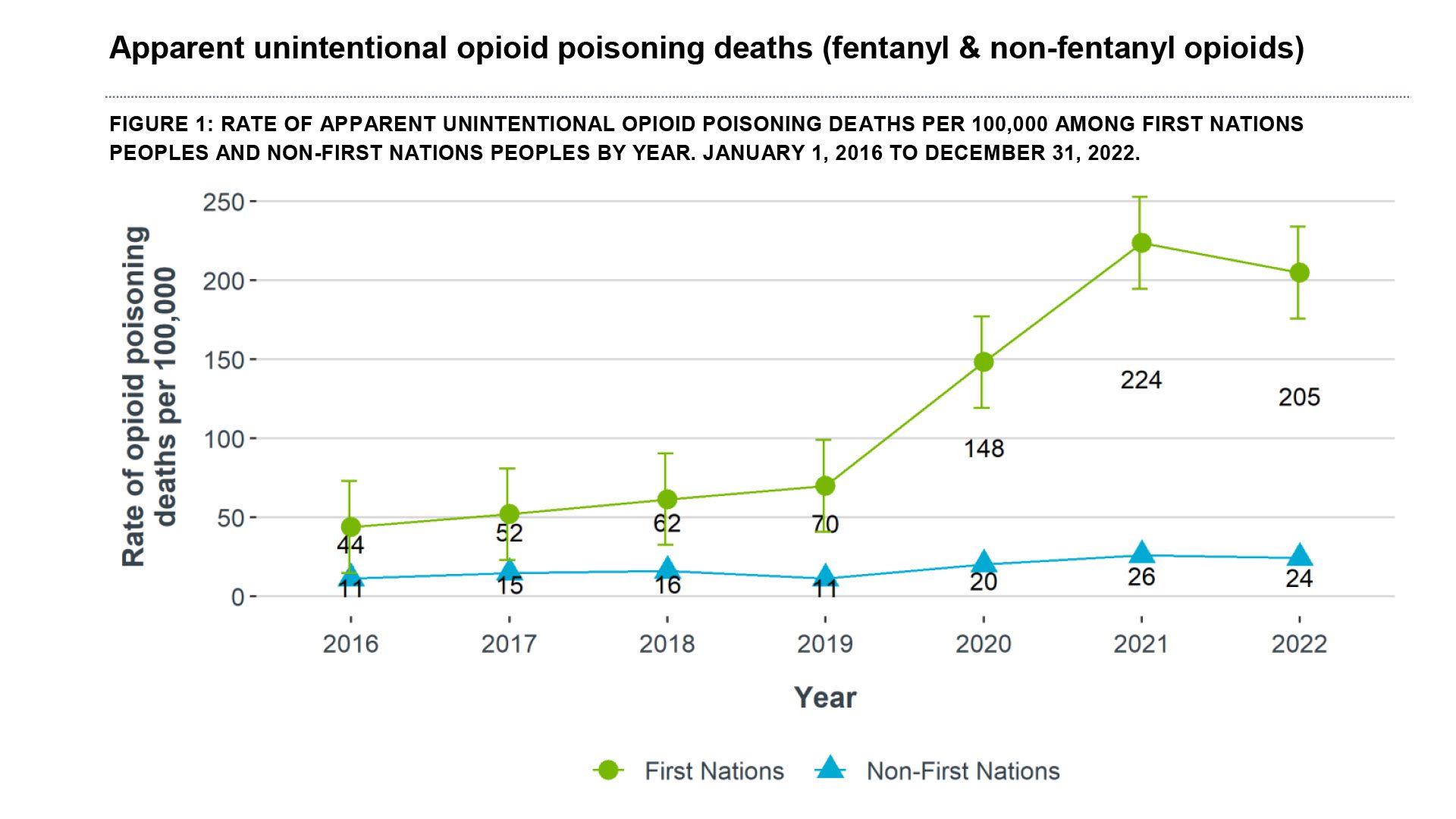
According to Indigenous Services Canada, 6.5 per cent of people in Alberta are Indigenous and 3.4 per cent of the population are First Nations.
“While First Nations Peoples represent 3.4% of the Alberta population, they represent 20% of all apparent unintentional opioid poisoning deaths between 2016 and 2022,” said the report.
There are not comparable statistics tracked for the Métis population in Alberta.
The Alberta government points their finger at the federal government.
“Unfortunately, the federal government has ignored their responsibility of providing care for First Nations, which has left a gap in their ability to access cultural-based treatment and recovery. Recognizing this, our government is investing more than $180 million to support the building of five recovery communities in partnership with Indigenous communities,” said Hunter Baril, press secretary for the minister of Mental Health and Addictions in a statement to APTN.
The Alberta government has been focusing on a “recovery” model of care over harm reduction strategies like safe supply.
“In our government’s interactions with Indigenous leaders, they ask for support in building out capacity for treatment and recovery,” said Baril.
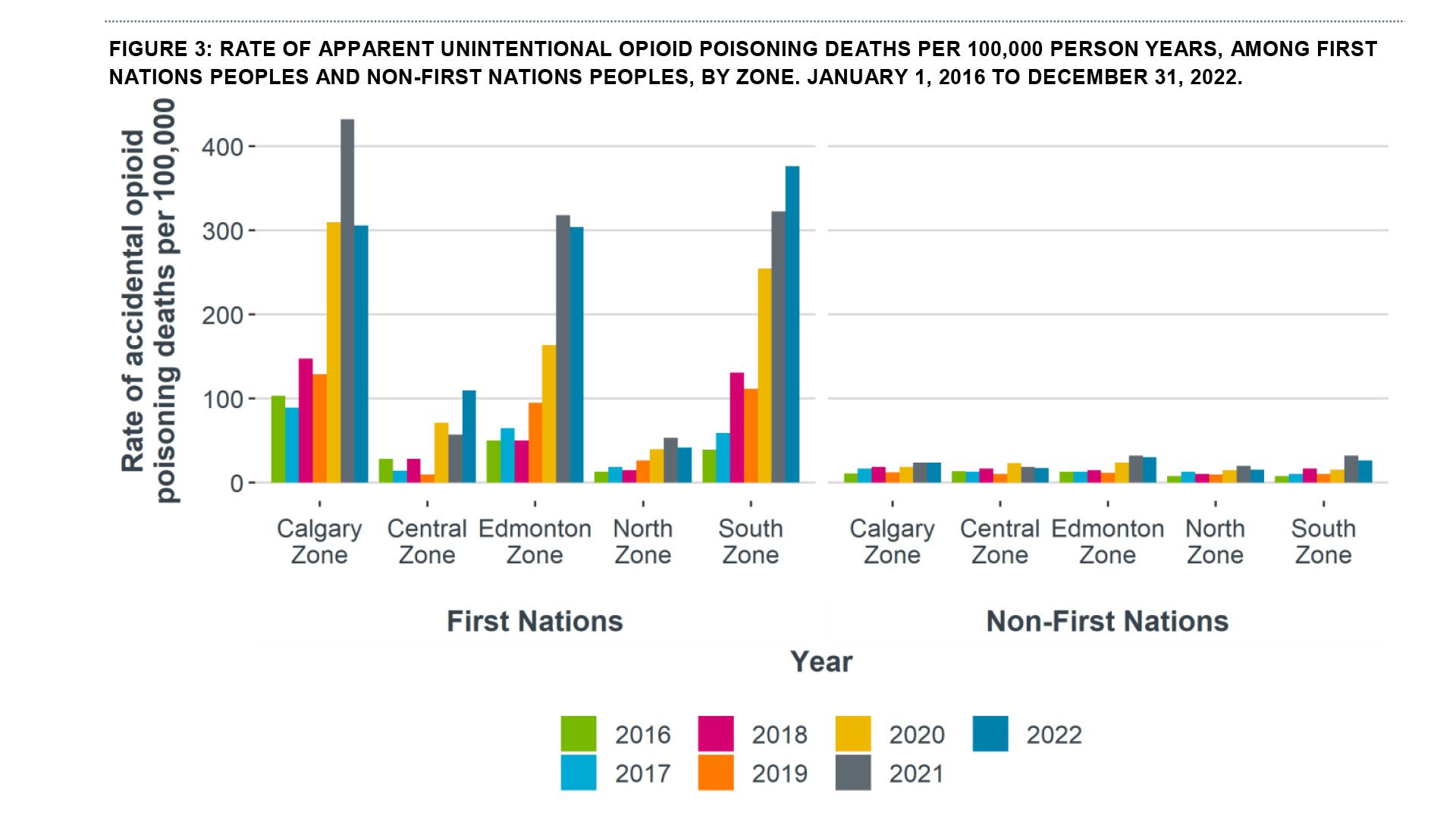
Although money has been announced for several recovery centres, in places such as Kainai First Nation and Enoch First Nation, the centres are not yet open.
“The response we have gotten from the government when we want safe supply is that we want to give people who use drugs easy access,” said Arcand-Paul.
“That is not it, we need a fulsome approach to addressing this crisis.”
Read More:
Kainai Nation, opioids and the children left behind
First Nations life expectancy plummets in Alberta due to opioid deaths
Arcand-Paul said he has lost family members to addictions and opioid poisoning deaths.
“I’ve lost multiple cousins…my nephew found his mom dead on the coach from overdoses just a couple of years ago,” said Arcand-Paul.
Province-wide, 2023 was the deadliest year on record for overdose deaths in Alberta. According to new data there were 2,051 drug-related deaths, 2023 surpassed 2022 by nearly 300 deaths, making for a 17 per cent increase. On average, six Albertans died from drug-poisoning per day in 2023, up from five in 2022.





